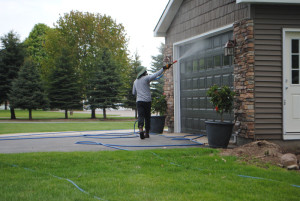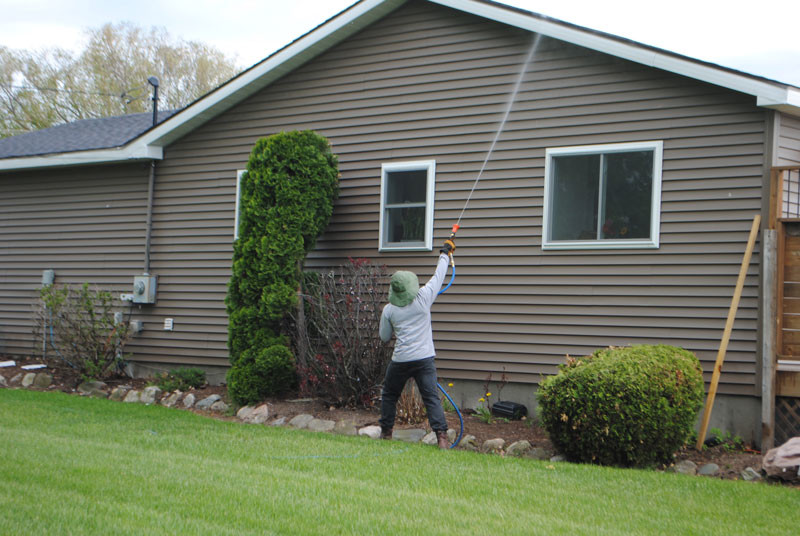If you’ve stayed up-to-date with our blog, then you probably recall a post from a few months back discussing garden pests. While all of that information is relevant, it is essential to consider a few more factors that should be taken into account when gardening.
The home landscape is a complex habitat mainly consisting of vegetables, flowers, turf, and other foliage. For the majority, gardens are a relaxing place where we tailor the environment to our aesthetic and physical needs. Yet the garden is also home to nuisance pests. As a result, residential landscapes have become the depository of nearly 11% of the conventional pesticides used in the USA. Indeed, acre for acre, your cousin’s tomato patch has more pesticides than a farmer’s soybean field! Fortunately, the garden is also home to the natural enemies of these pests. Most gardeners come to know a great deal about their plants’ growth needs, but often know little of the resident insects within their garden.
We do not consider many of the insects in a garden to be harmful. The vast majority of North American insect species are either harmless to humans and garden plants or beneficial. To properly utilize the work that natural enemies do, we must first identify them and help them flourish. By using natural enemies to control pests, you reduce the need to use pesticides.
Garden placement
Garden placement is imperative for botanical survival. Be sure to keep gardens away from the home or structures, as they will cast shadows; keep planting areas at least 10ft from walls. Crops planted in the shade are less productive and may be more susceptible to disease and insect damage than planted in full sun.
Who are Friends of the Garden?
Most of us are familiar with ladybugs, spiders, and praying mantids; we know their diet consists of a lot of bad bugs. In addition, there are many other ‘natural enemies’ that are also taking care of pests. There are three major groups of natural enemies— predators, parasitoids, and pathogens.
Predators, such as ladybugs and spiders, eat much prey throughout a lifetime. They are often the most visible natural enemies in our garden and are larger and more robust than their prey. Some are agile hunters, while others sit and wait to pounce on a victim. You can promote beneficial predatory insects by including flowering plants in the garden.
Parasitoids are insects that develop as young in a host, leading to the eventual death of the said host. Unlike predators, most only kill only one object of prey during their juvenile stage. Many wasps and flies are parasitoids, but they are typically small and therefore go unnoticed.
Pathogens such as viruses, bacteria, nematodes, protozoans, and fungi— cause diseases. Many of these happen to naturally occur in our gardens, while others must be introduced. Commercial companies have begun to develop many of these pathogens as spray and bait formulations, making them more comfortable for us to use.
How To Avoid Common Garden Pests
To minimize beetles, clean up the garden and rotate crops every year. Hang birdhouses in the garden as birds enjoy eating worms. Water gardens in the morning only as slugs and snails prefer feeding on wet foliage. Encourage birds, snakes, frogs, and toads because all of these critters eat slugs and snails.
Carefully inspect all new plants for white flies before purchasing from a nursery. This is actually a constructive tip for preventing all of the vegetable garden pests.


